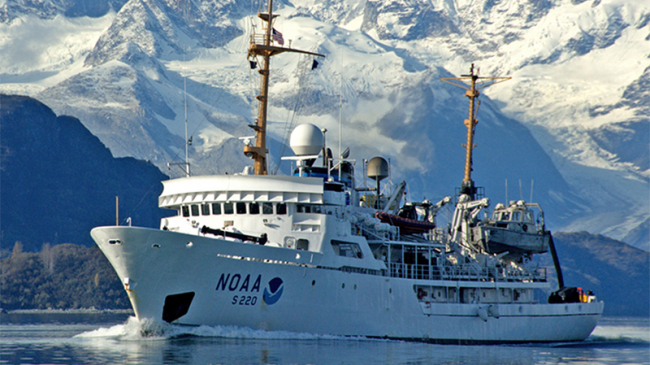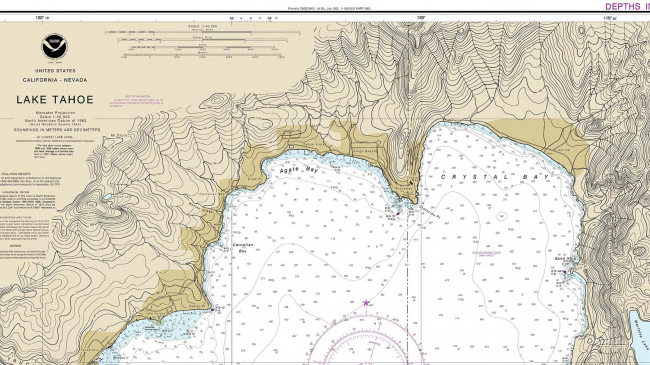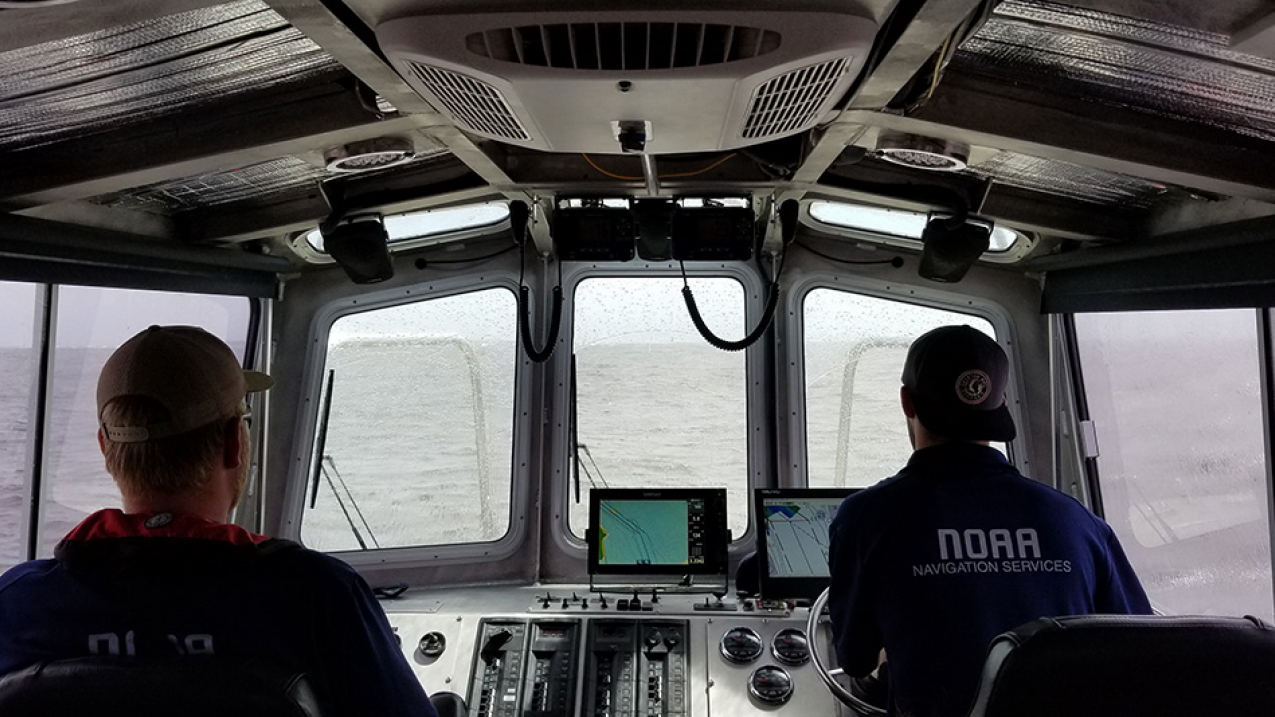
A NOAA navigation response team from New London, CT, surveys the Port of Morehead City, NC, after Hurricane Florence. Photo taken September 19, 2018. (Image credit: NOAA )
Hurricane Florence has departed the U.S. East Coast, but severe flooding from the storm’s excessive rainfall is still in progress. The destructive impacts are likely to linger for weeks — even months.
What’s happening now? We’re knee-deep into the disaster response and recovery phase.
NOAA’s National Ocean Service is still on the job, providing emergency responders data, and on-the-ground and in-the-air expertise to help affected towns and cities recover.
Here are 4 important actions we’re taking right now:
1. Specialized NOAA aircraft are capturing high-definition aerial photos from locations affected by Florence, so that response agencies can assess damage, restore safe navigation and prioritize the areas in need of help.
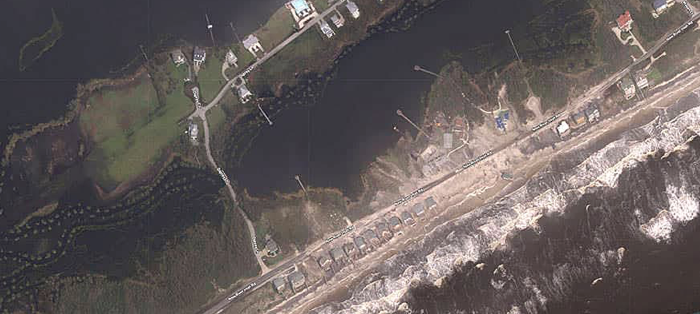
2. Our water level stations continue to monitor and distribute ocean and weather data in near-real time. Before and during the storm, NOAA provided Storm QuickLook updates to keep communities aware of rising tides and dangerous storm surge.
3. NOAA Navigation Response Teams and NOAA Ship Ferdinand R. Hassler are using the latest sonar and sounding technology to help reopen waterways and ports offsite link and help vessels navigate safely around any submerged debris.
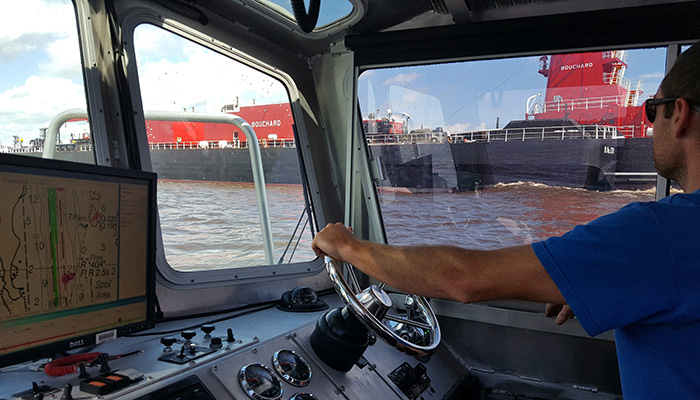
4. Our experts are providing scientific support to the U.S. Coast Guard for hazardous materials response. We are working with USCG to survey vessels or containers that may be leaking fuel, oil or other hazardous materials and providing guidance on strategies to remove any marine debris.
More: Head on over to NOAA’s National Ocean Service to learn more about our hurricane preparedness, response and recovery work. You can follow along on Twitter (@NOAAOcean), Facebook and Instagram.


